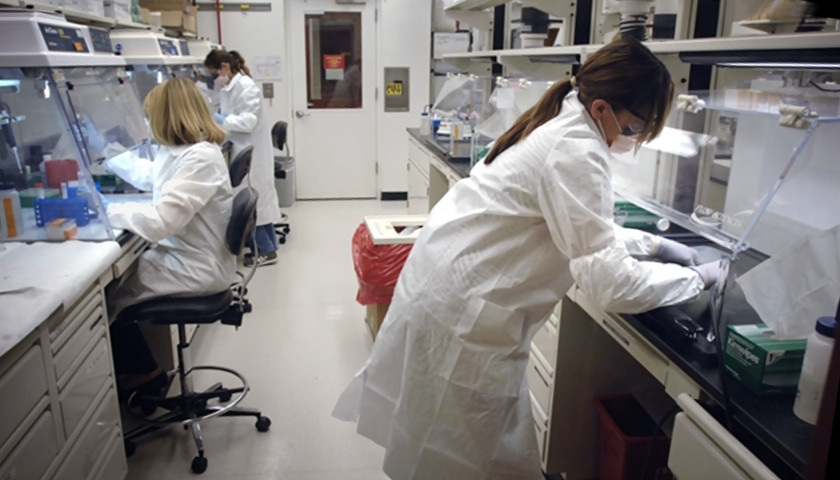Ohio is in the “yellow zone” for coronavirus cases, according to a White House Coronavirus Task Force report that presents a list of suggested actions.
The July 14 report is available here. The Ohio data begins on Page 246.
The classification means Ohio had between 10 to 100 new cases per 100,000 residents the week before the report was released, and the yellow zone for test positivity, indicating a rate between 5 percent to 10 percent.
The Center for Public Integrity ran a story Thursday on a task force report on hot spots. The story is here. The center is a nonprofit newsroom based in Washington, D.C.
While the report was shared with federal officials, it did not appear to have been posted for public view, the story said. Dr. Ashish Jha, director of the Harvard Global Health Institute, said the lack of publication made no sense.
The White House report says Ohio has seen an increase in new cases and stability in testing positivity over the past week. These were the top three counties for cases over the three weeks preceding the report: Franklin, Cuyahoga and Hamilton, respectively. They accounted for 52.7 percent of new cases in Ohio.
The state had 65 new cases per 100,000 population in the past week, compared to a national average of 119 per 100,000.
In the week prior to the report, Ohio had a death rate of 129 per 100,000.
Coshocton was the only Ohio county listed in a red zone.
These counties were yellow zones: Cuyahoga; Franklin; Hamilton; Butler; Summit; Lucas; Columbiana; Delaware; Licking; Lake; Tuscarawas; and Greene.
Yellow means both new cases between 10-100 per 100,000 and a test positivity between 5-10 percent, among other criteria. Red means both new cases above 100 per 100,000 and a test positivity above 10 percent.
The report was complimentary of several controversial actions Ohio is taking in response to the coronavirus. Suggested actions include:
The color coding of counties according to risk levels is a great communication tool. This system should help guide implementation of restrictions according to risk level.
Continue work to protect residents of nursing homes and long-term care facilities through weekly testing of staff and universal face mask use.
Continue the scale up of testing.
In counties with 7-day average test positivity greater than 5%, close bars and ensure strict social distancing can be maintained in restaurants.
As you are doing, mandate wearing of cloth face coverings outside the home in the counties with highest transmission.
Continue to promote social distancing and required wearing of cloth face coverings when outside the home.
Continue to vigorously investigate outbreaks and implement testing and intensified contact tracing.
In high transmission counties, implement community-led testing and work with local community groups to increase testing access. Consider pooling specimens to test 2-3 persons at once to increase access and reduce turnaround times. For families and cohabiting households, screen entire households in a single test by pooling specimens. Provide clear guidance for households that test positive, including on individual isolation.
Increase messaging of the risk of serious disease in all age groups with preexisting medical conditions, including obesity, hypertension and diabetes mellitus.





